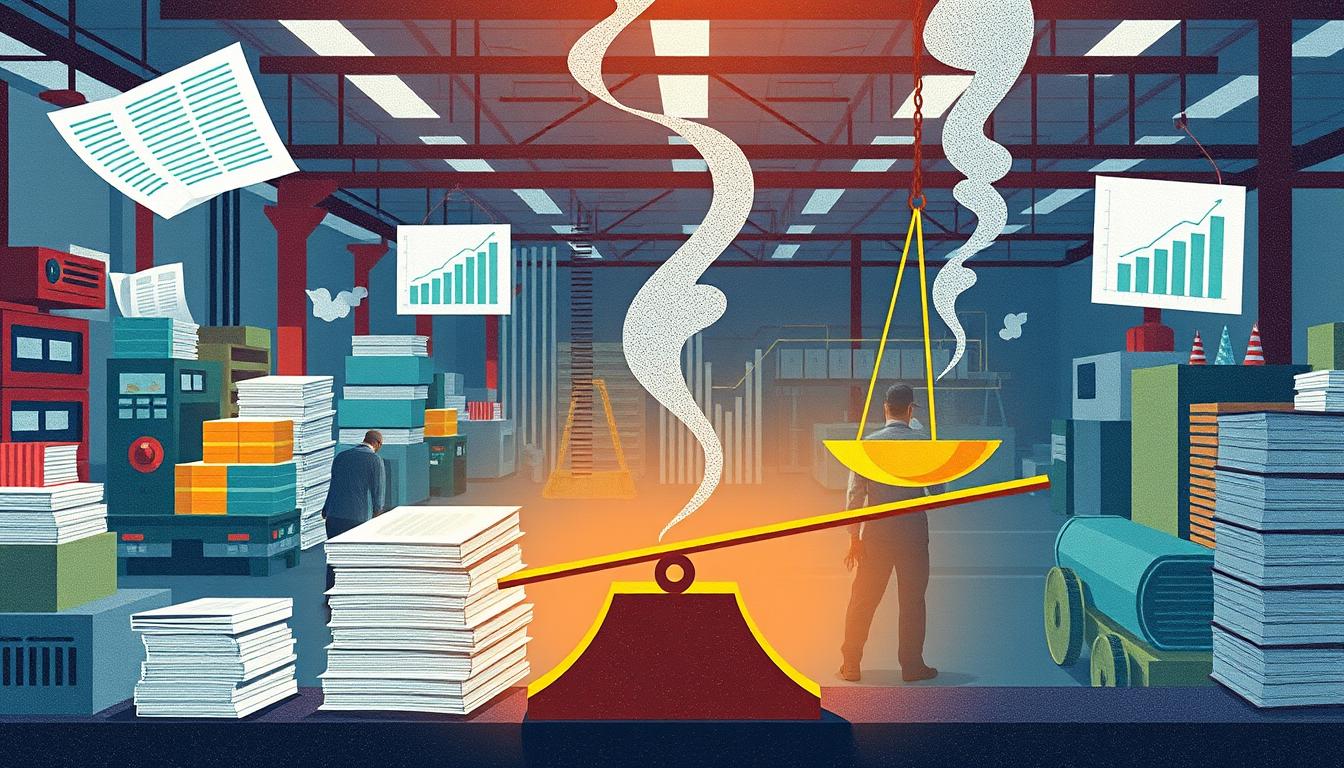Releasing profit potential with memes is easier than you think. Start by staying connected on platforms like TikTok and Reddit. Keep an eye on trends in pop culture and politics to create timely, relatable content. Define your niche based on your interests to engage your audience authentically. Utilize free meme tools for quick and creative meme production. Explore monetization options like affiliate marketing, sponsored posts, or even merchandise. By adopting these strategies, you'll turn your meme-making passion into profit. Curious about more tips to maximize your meme income? There's a lot more to discover!
Key Takeaways
- Leverage trending topics and current events to create relatable memes that attract wider audiences and increase engagement.
- Utilize free meme creation tools to quickly produce high-quality content without the need for professional software.
- Explore affiliate marketing by promoting products through memes to earn commissions on sales generated from your audience.
- Collaborate with brands for sponsored posts that align with your meme content, providing additional income opportunities.
Stay Connected With Platforms

To effectively boost your meme brand's visibility, you need to actively engage with social platforms like TikTok, Reddit, and Twitter. These platforms allow you to connect with your audience and share your unique creations.
Don't overlook emerging platforms like Mastodon and Cohost; they could become the next big thing for meme sharing.
Develop a catchy name for your brand and secure your handles as soon as possible to establish your presence. Remember, focusing on one or two successful platforms can greatly enhance your visibility.
Staying updated with trends in the tech space also contributes to your growth. Regularly engaging with your chosen platforms keeps your content relevant and helps you build a loyal following, essential for long-term success.
Track and Leverage Trends

Engaging with your audience on social platforms lays the groundwork for tracking and leveraging trends that can amplify your meme brand's reach.
You should keep an eye on current events in tech, politics, and pop culture to spot emerging meme trends. By tapping into diverse topics, you can attract larger audiences and keep your content fresh.
Observe which meme formats are gaining traction within your circles—these templates are likely to resonate well across various platforms. Consistent engagement with ongoing trends not only boosts your visibility but also fosters audience growth.
Define Your Niche

Defining your niche is essential for creating memes that truly resonate with your audience and drive engagement. When you focus on a specific area, your content becomes more relatable and shareable.
Here are some tips to help you identify your niche:
- Consider your interests: Think about what topics you're passionate about.
- Analyze your audience: Understand who your followers are and what they enjoy.
- Explore popular themes: Look into memes that consistently perform well within your area of interest.
Utilize Free Meme Tools

Free meme tools are your best friends for quickly creating eye-catching content without needing advanced design skills.
Websites like Imgflip, Make a Meme, and Yepp provide easy-to-use templates that let you generate memes in minutes. You can choose from popular presets or customize your own designs, making it simple to stay relevant with trending topics.
While uploading personal photos can sometimes lead to viral moments, be cautious of potential risks. You don't need to invest in professional software right away; focus on consistent meme creation instead.
Explore Monetization Strategies

Once you've started creating memes consistently with those handy tools, it's time to explore ways to turn your growing audience into a source of income.
Here are some effective monetization strategies you can consider:
- Affiliate marketing: Promote products or services and earn a commission for each sale made through your unique link.
- Sponsored posts: Partner with brands to create memes that feature their products, earning money for your creativity.
- Merchandise: Sell branded merchandise like T-shirts or stickers featuring your popular memes.
How Can Memes Be Used to Boost Small Business Growth on Social Media?
Memes are an effective way to unlock small business growth on social media. By creating shareable and relatable content, small businesses can reach a wider audience and increase brand awareness. Memes can humanize a brand, making it more approachable and engaging for potential customers, ultimately leading to business growth.
Conclusion
In a world where memes spread faster than wildfire, it's time to harness their power for your brand.
By staying connected with platforms, tracking trends, and carving out your niche, you can create content that resonates.
Don't forget to utilize free tools that make meme-making a breeze!
Embrace the art of memes today, and you'll be riding the wave of viral marketing like it's the roaring '20s all over again.
Your profit potential is just a meme away!









